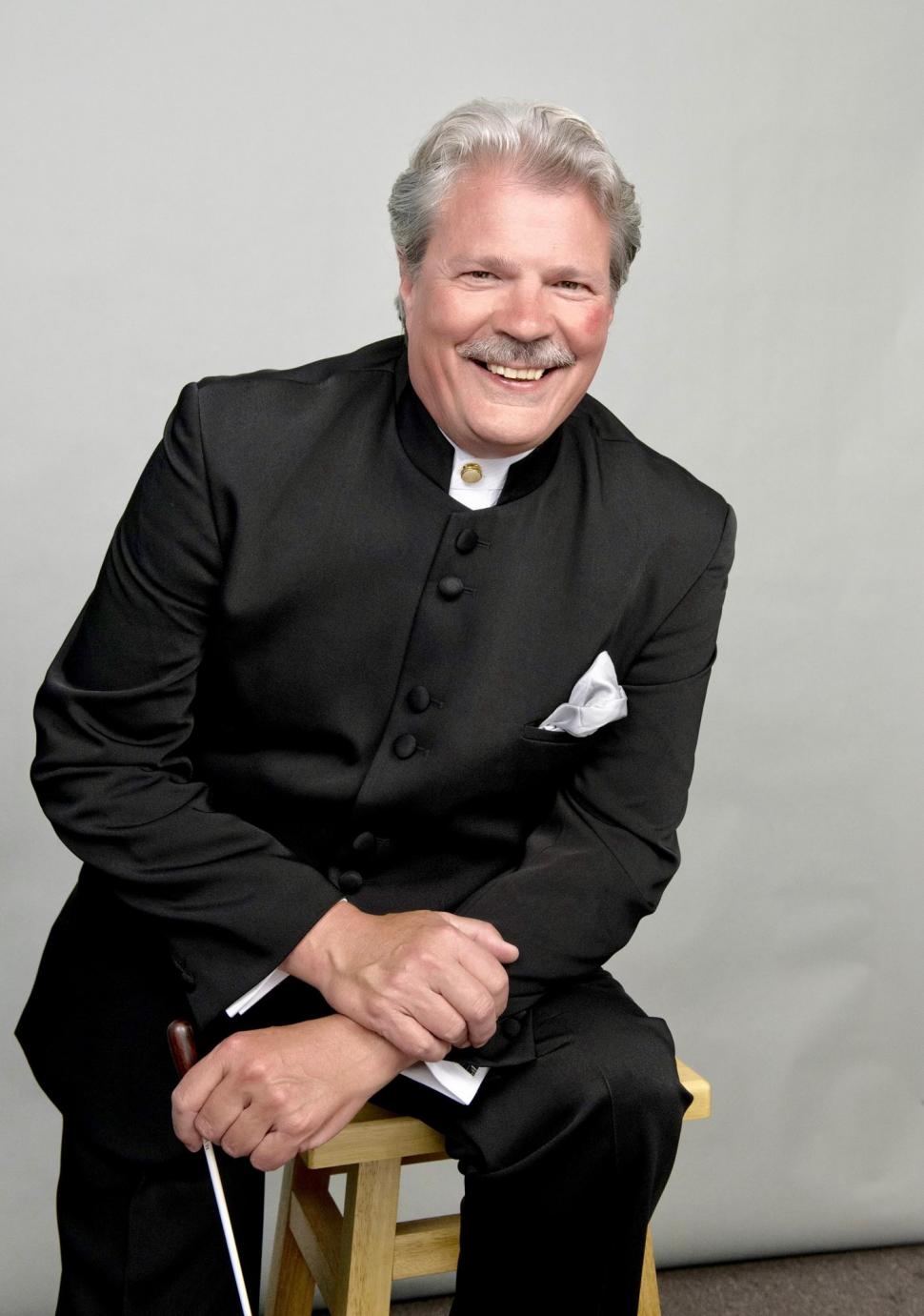Taking the Reins

Unfortunately, what I also see is so much passion that their batons––and often their entire bodies––gesticulate wildly and without reason, negating any really effective leadership. But when these same students finally get the idea that they are conducting an ensemble of breathing—even thinking—human beings, they realize that less gesticulation is more effective, and that in most cases the ensemble is just fine moving along at its own pace.
I often use the analogy that conductors are only the drivers of a team of horses that needs the subtle direction one would apply by gently managing the reins, steering the team in all the necessary directions.
Most importantly, I always ask conducting students, “Are you the horse?” No, you, the conductor, are not the horse; it’s not your role to go charging forward. That team of horses (ensemble) you’re leading knows full well how to run, how to step over potholes, and how to avoid rocks and trees. It can, and is, doing its job. But it has no sense of direction; it needs guidance. That’s your job; you hold the reins (baton). By using a variety of motions, you manage how the team starts, stops, goes left or right, speeds up and slows down, maneuvers around major turns, and otherwise successfully reaches the end of the musical journey.
This includes, by the way, knowing when to not interfere and let the team pace itself. Reading a textbook on how to hold the reins and facilitate a team of horses without crashing and burning certainly is helpful, but only when you get on that carriage (podium) and get some trial-and-error experience will you achieve any real success at leadership. In the process of doing so, you’ll find that a textbook is only the beginning of your developing a gesticular vocabulary, because you are managing your ensemble artistically, musically, and not just as a textbook exercise.
Staying with the horse analogy, in rehearsal you wouldn’t stop the team of horses midtrail to explain what you want it to do differently. Similarly, refrain from stopping and talking to the ensemble. Instead, concentrate on how to better express your musical commands by making better use of the baton.
Too often, emerging conductors seem to believe that they have to make the music happen all by themselves! They employ lots of perspiration and wild gesticulations in trying to make that music happen. But, for the most part, this is just wasted energy: it’s not effective, and runs counter to any notion of collaborative empowerment of the ensemble.
Conductors, through their leadership skills and focus on the big picture, only allow the music to happen. When conducting, you should relax and “ride” the orchestra; feel what these horses are capable of, manage and guide their progress, and give them room to express themselves in their own, unique way.
Bruce Hangen is a professor of orchestral studies at Boston Conservatory at Berklee. His book Conducting Music Today (Berklee Press) was published in March.
This article appeared in the spring 2020 issue of our alumni magazine, Berklee Today.




